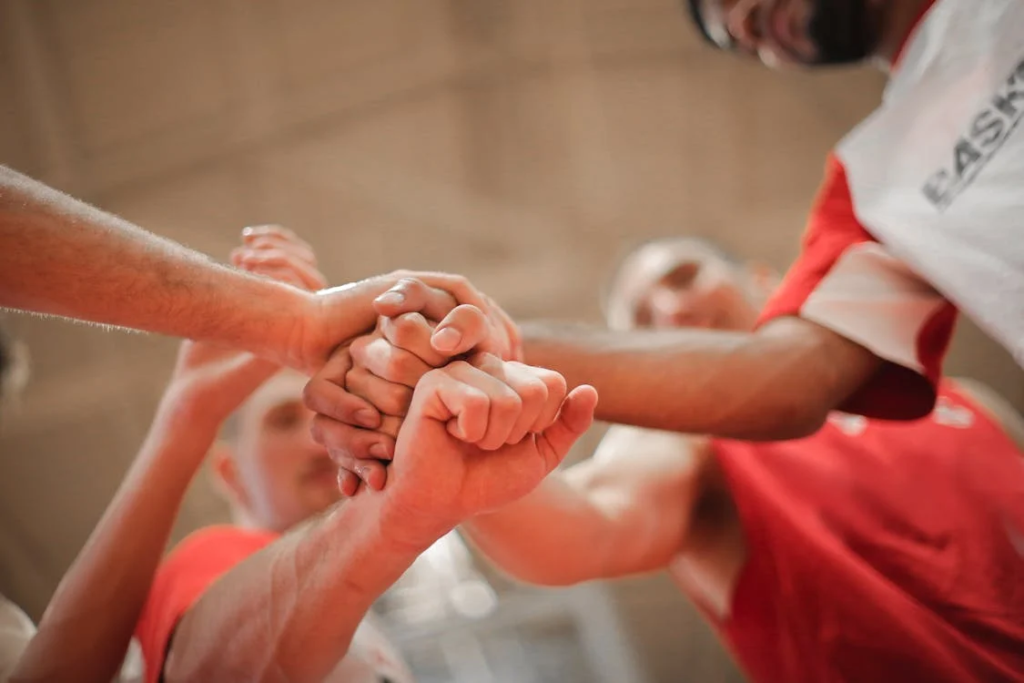A major debate erupted in fencing after an incident at The Cherry Blossom tournament at the University of Maryland. The controversy began when a female competitor took a stand against participating in a match with a trans athlete. As a result, tournament officials enforced disciplinary action according to competition rules. The controversy comes at a time when many sports bodies struggle with creating fair policies for trans participation. Turner’s stance aligns with athletes across several sports who question the fairness of competing against individuals who experienced male puberty. Spectators captured Turner’s protest on video. The footage quickly spread across social media, attracting attention from many people, including famous tennis player Martina Navratilova.
The Kneeling Protest That Sparked Controversy
During the Division IA Women’s Foil competition, Turner and Sullivan put on their masks, ready to start their match. Turner quickly removed her mask and knelt down in protest, which resulted in her immediate disqualification. “I made my choice knowing the consequences,” Turner reportedly said afterward. “This wasn’t about one match but about the future of women’s sports and what we consider fair competition.”
This protest highlights tensions surrounding trans athletes in sports. Specifically, the rules require all fencers to compete against assigned opponents. Turner’s refusal violated the International Fencing Federation’s (FIE) rules about fair play. In addition, many observers pointed out that fencing relies heavily on strength, speed, and reach, attributes that potentially give trans athletes advantages. Critics argue these advantages remain even after hormone therapy, while supporters emphasize inclusion and mental health benefits.
Official Statements and Fallout

Sullivan’s club, Iconic Fencing Club, defended their fencer vigorously. Club owner Cooper Johnson stated that Sullivan “has followed every rule and guideline set forth by the FIE and USA Fencing.” Furthermore, Johnson added, “She has every right to compete in the events that she qualifies for, and has long since met the criteria to do so. Fencing is rooted in a deep tradition of honor, sportsmanship, inclusion, and respect, and in a sport that prides itself on these values, the type of behavior expressed by Red’s opponent has no place.”
USA Fencing explained that they created their rules for trans and non-binary athletes in 2023 to “expand access to the sport of fencing and create inclusive, safe spaces.” They emphasized that Turner received her disqualification because she decided “to decline to fence an eligible opponent, which the FIE rules clearly prohibit.”
Trans Athletes in Women’s Sports: The Bigger Picture
Similar controversies have erupted in swimming, track and field, weightlifting, and other sports. The central question remains: How can sports organizations balance fairness and inclusion simultaneously? Notably, Martina Navratilova, openly gay since 1981, strongly supported Turner on social media. “This is what happens when female athletes protest! Anyone here still thinks this is fair? I am fuming… and shame on USA Fencing, shame on you for doing this,” she wrote. “How dare you throw women under the gender bus!!!”
What Science Says About Physical Advantages
This situation raises complex questions about physical advantages. USA Fencing bases its policy on “the research available of the day,” but scientists continue to debate whether hormone therapy fully eliminates advantages gained during male puberty. These advantages potentially include stronger bones, more muscle mass, larger lung capacity, and other physical traits that could benefit performance in fencing, where speed, power, and reach matter significantly.
Subsequently, some sports physiologists point to studies showing certain advantages persist even after years of hormone therapy. They note that bone structure, hand size, and body proportions don’t significantly change after puberty. “We understand that the conversation on equity and inclusion pertaining to transgender participation in sport is evolving,” USA Fencing acknowledged. “USA Fencing will always err on the side of inclusion, and we’re committed to amending the policy as more relevant evidence-based research emerges.”
When Fairness and Inclusion Collide

Both sides claim to champion fairness. Nevertheless, they define it differently. Sullivan’s supporters advocate for fairness through inclusion and respect for gender identity. Meanwhile, Turner’s supporters fight for competitive fairness based on biological differences.
USA Fencing has called for respectful dialogue: “We respect the viewpoints on all sides and encourage our members to continue sharing them with us as the matter evolves. It’s important for the fencing community to engage in this dialogue, but we expect this conversation to be conducted respectfully.” The organization maintains they must follow international standards, stating they are “obligated to follow the letter of those rules and ensure that participants respect the standards set at the international level.”
Finding Solutions for Gender Identity in Sports
Sports organizations worldwide struggle to create rules that respect both transgender athletes’ rights and fair competition. Some implement testosterone limits, others create open categories, and some completely revise their rulebooks. Female competitors like Turner often find these policies inadequate. Therefore, they worry about losing competitive opportunities, scholarships, and records in women’s categories.
On the other hand, trans athletes like Sullivan face intense scrutiny while simply following established rules in sports they love. Athletes on both sides express frustration with governing bodies for pushing what many see as a political decision onto individual competitors. As a result, some sports federations now exploring creating separate open divisions where athletes of all gender identities could compete together.
The Future of Competitive Sports

This debate forms part of a broader societal conversation about gender, fairness, and inclusion. USA Fencing maintains its commitment to inclusivity while also following requirements set by its governing body. The Cherry Blossom tournament incident highlights the ongoing challenges sports organizations face with these complex issues. Policies will likely evolve as researchers publish new findings and as society’s views on gender and competition shift.
Turner and Sullivan now stand as key figures in a debate about trans athletes that extends far beyond fencing, raising fundamental questions about identity, biology, opportunity, and the purpose of sex-segregated sports. Ultimately, governing bodies face mounting pressure to develop evidence-based policies that balance inclusive participation with competitive fairness.
Read More: Jamie Wilson’s Powerful Before and After Transition Photos

